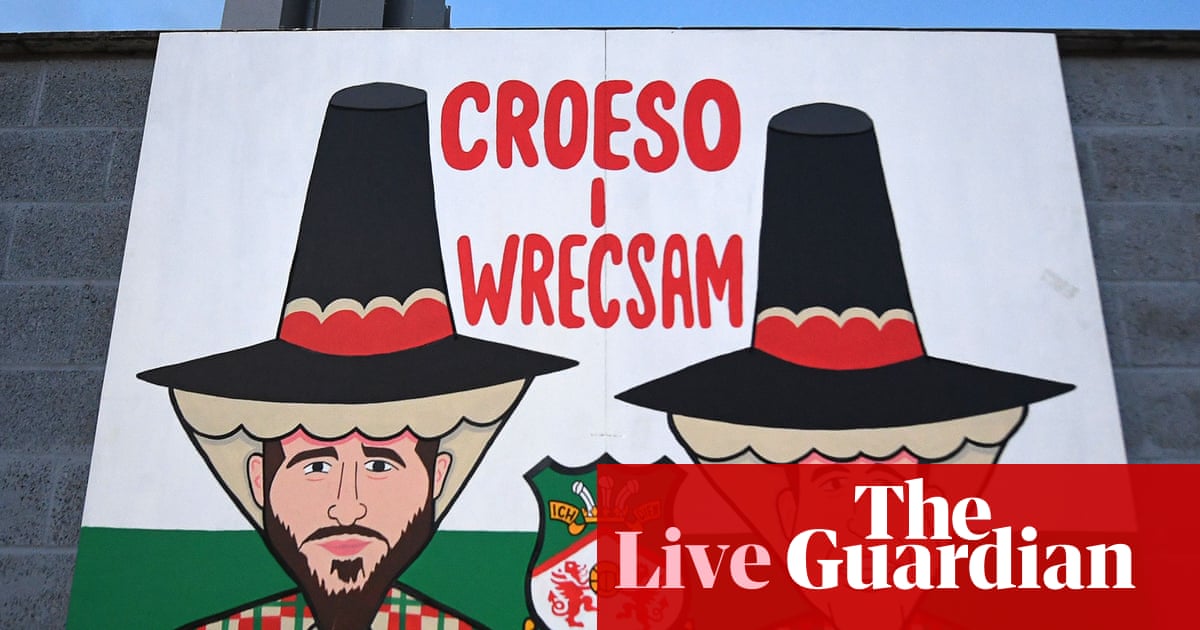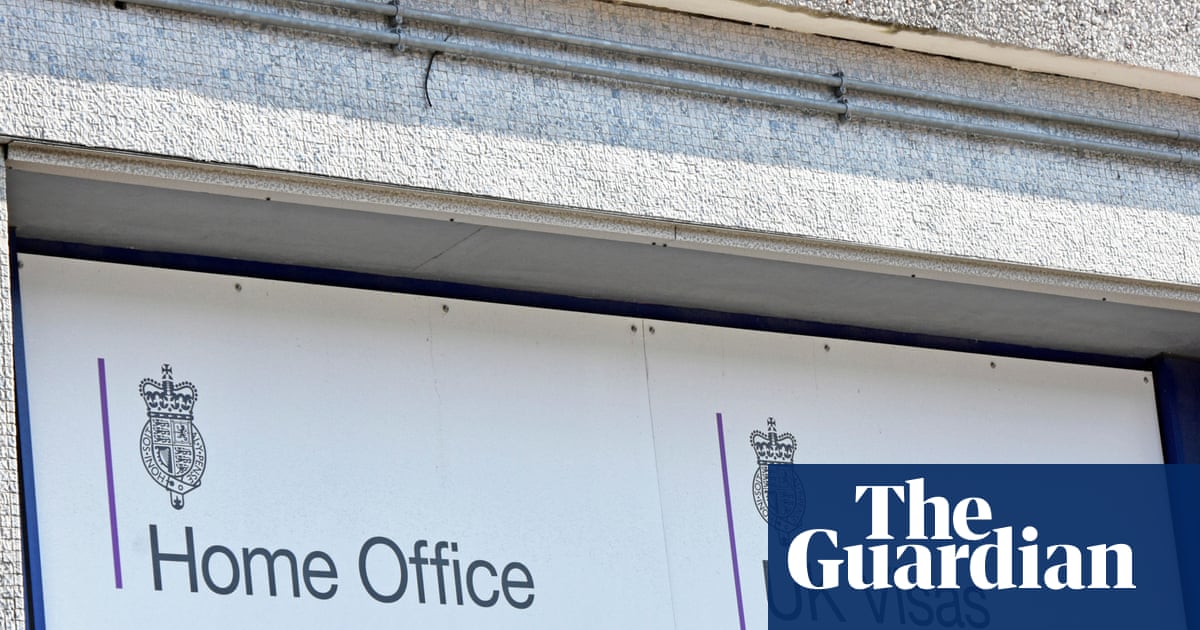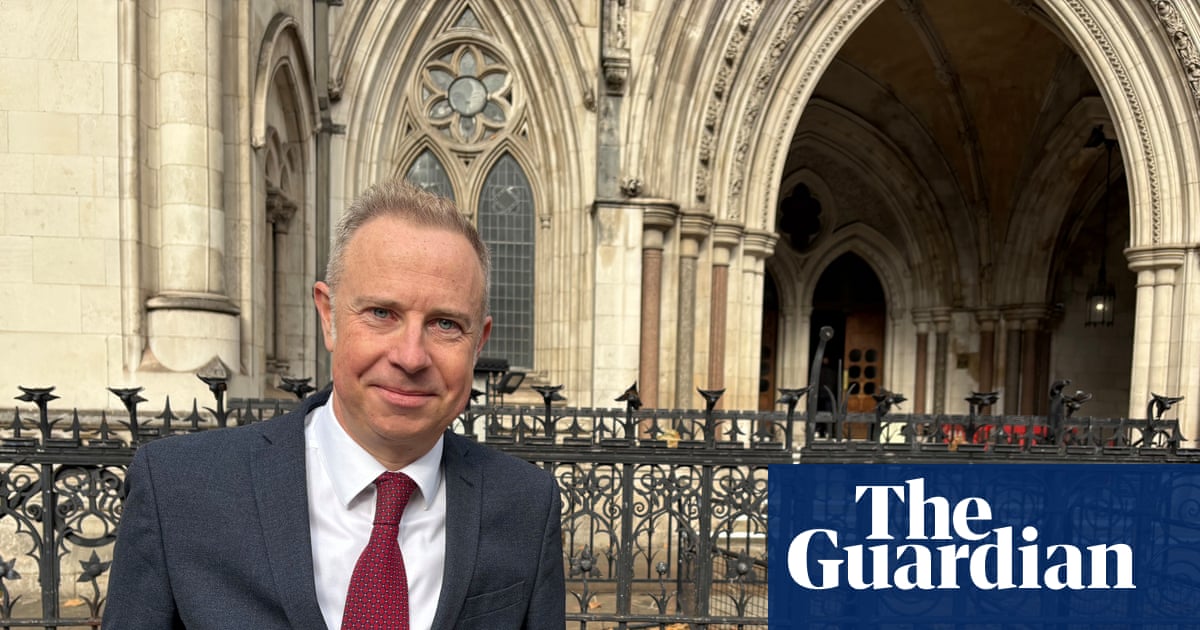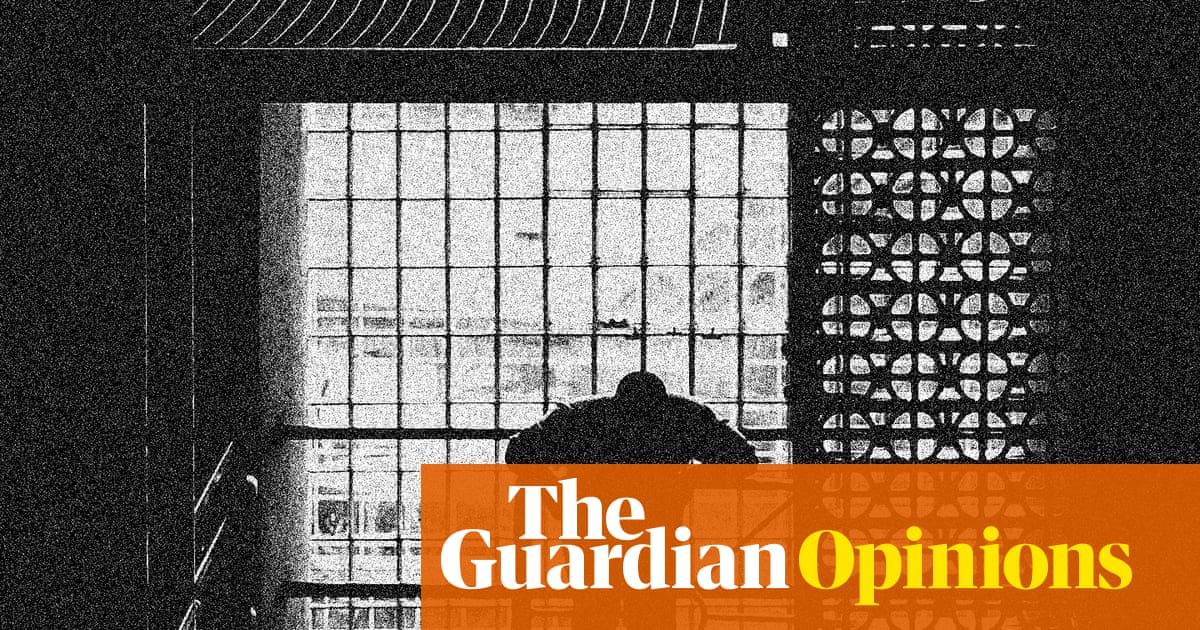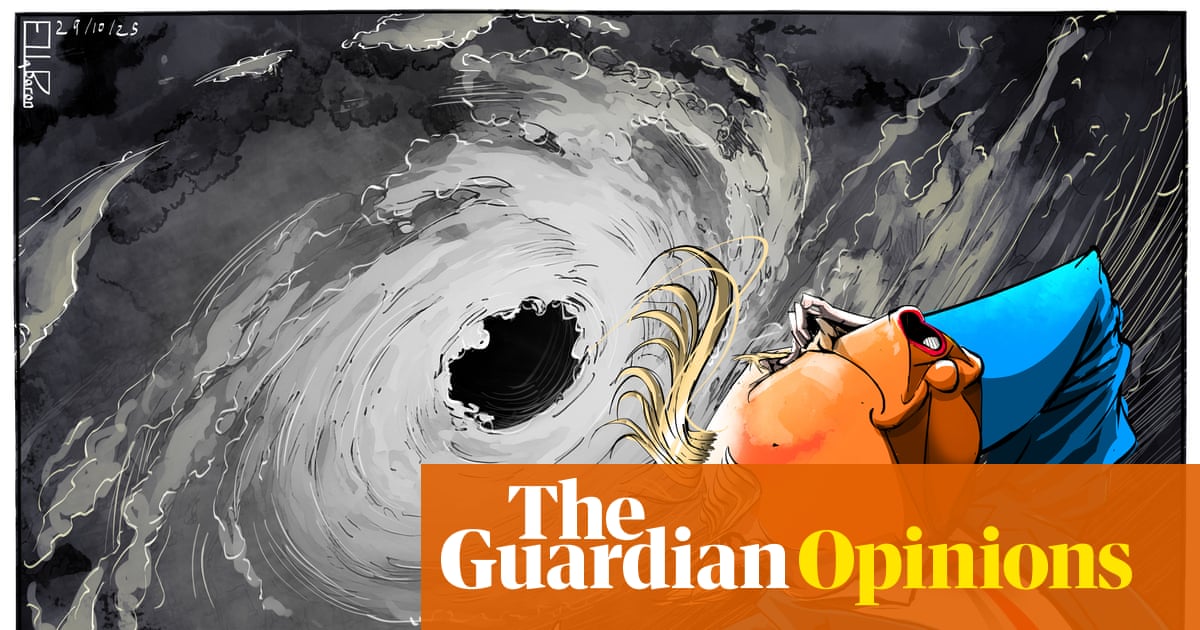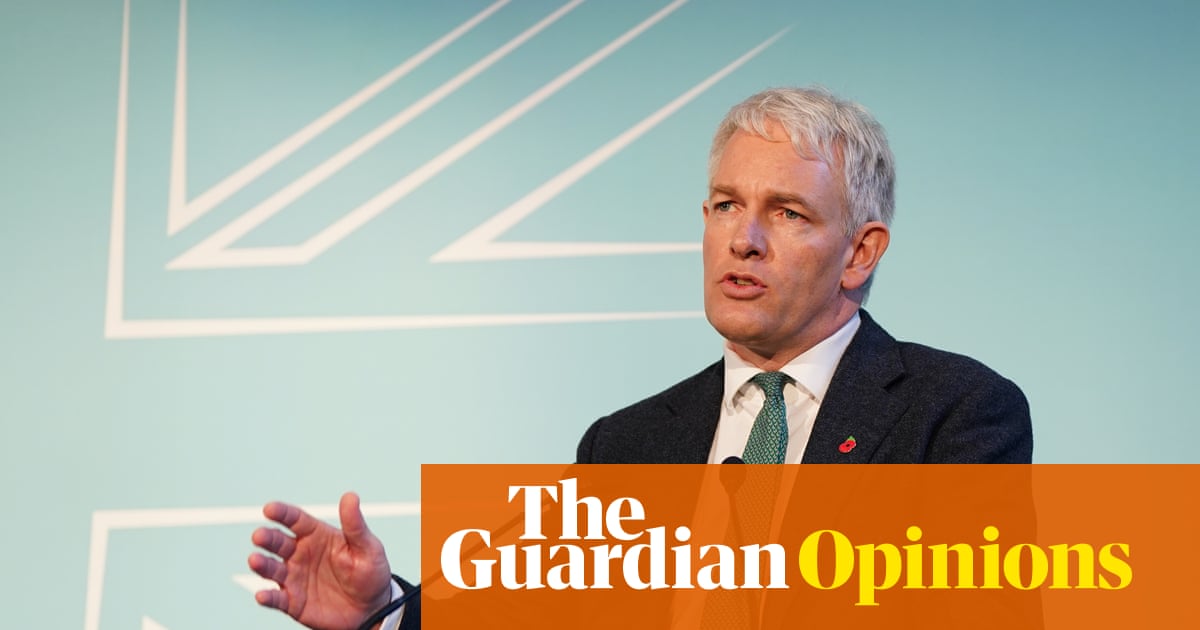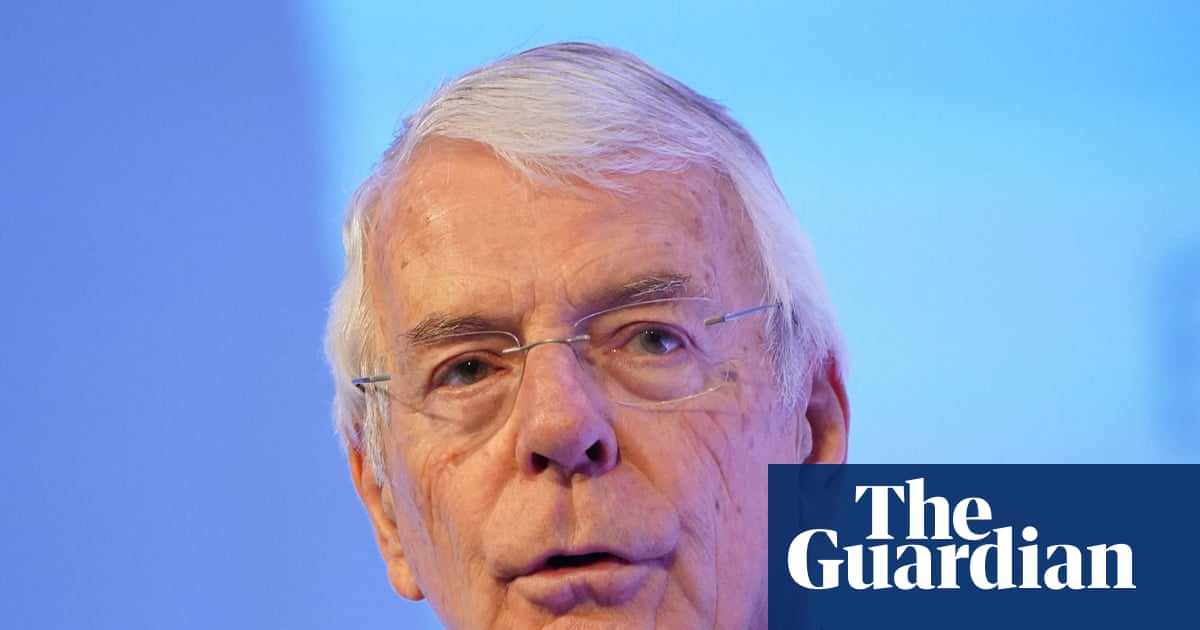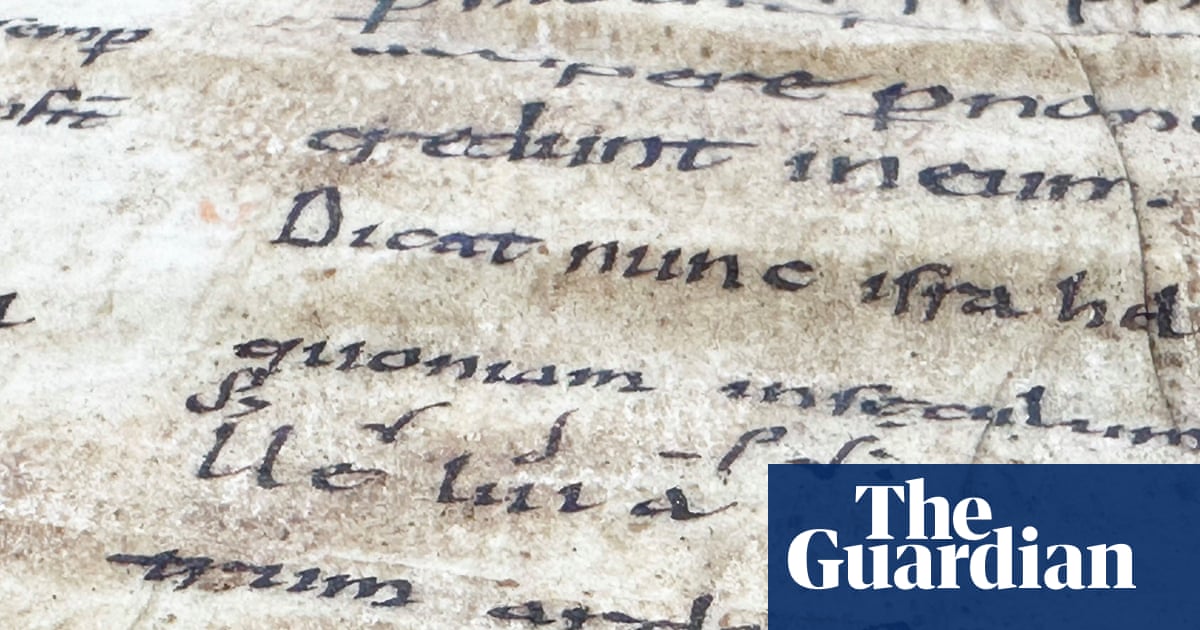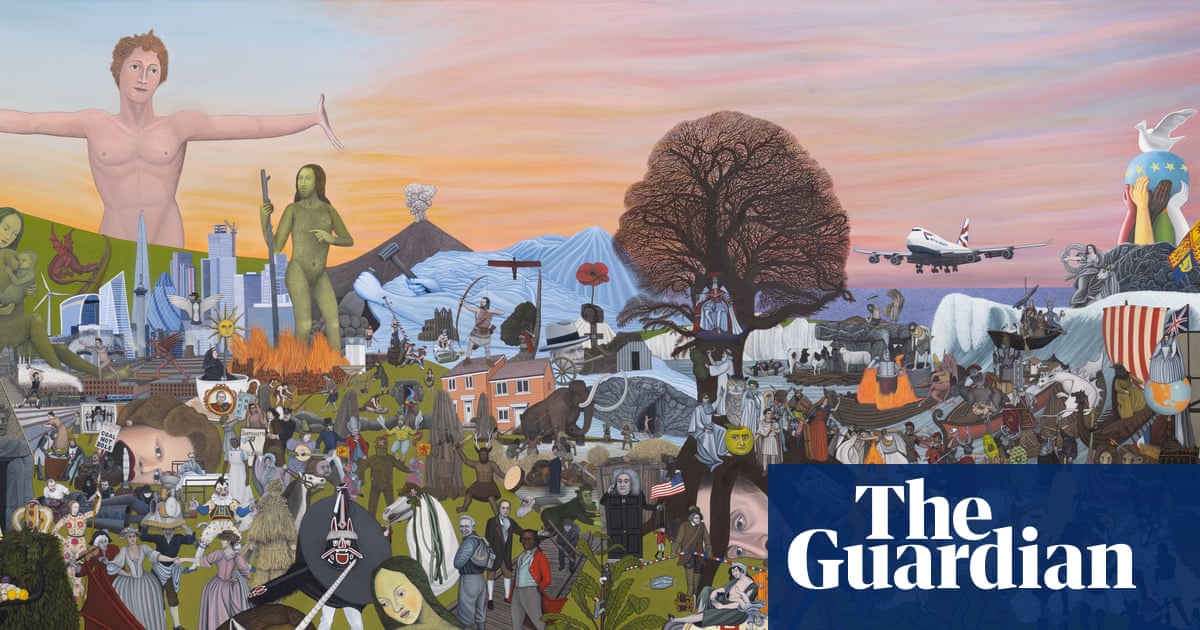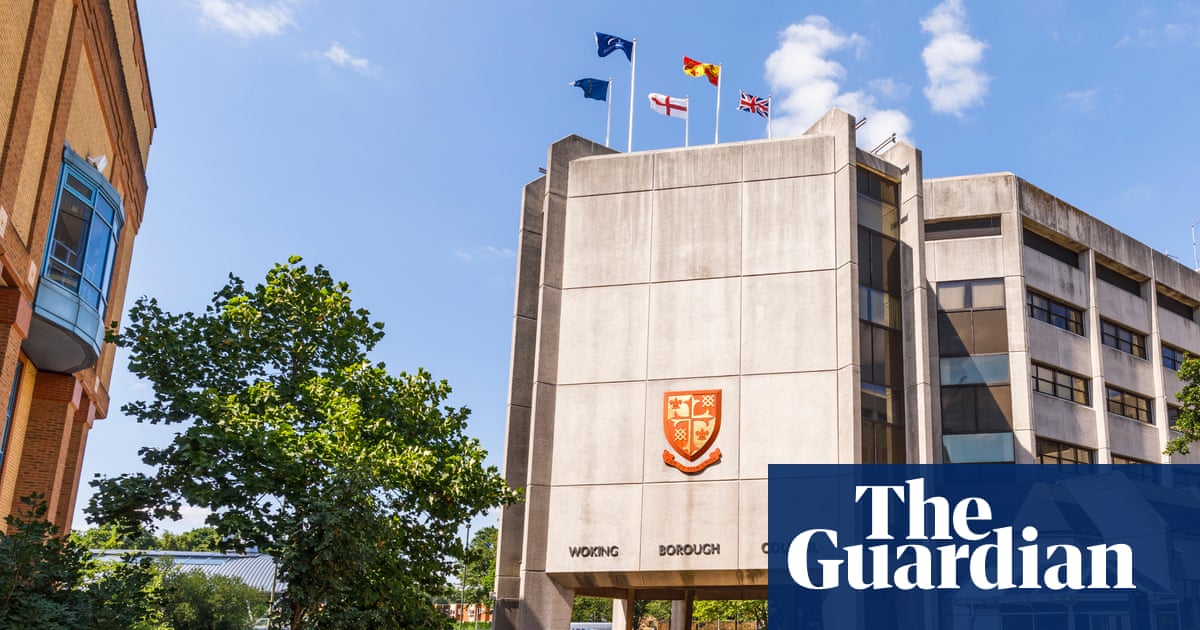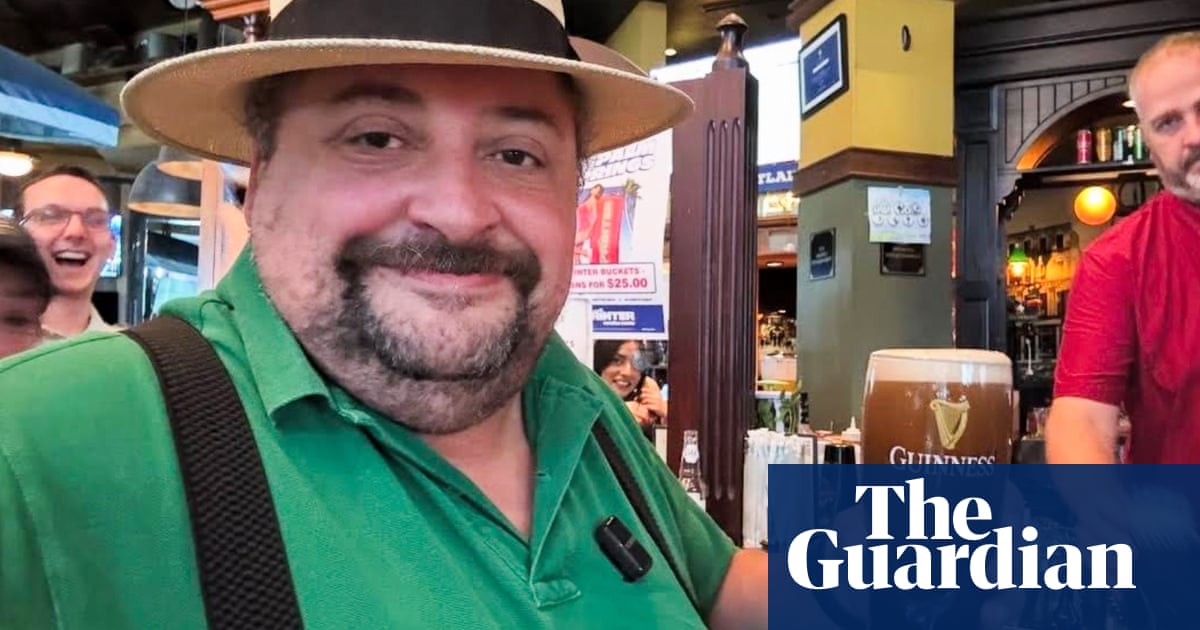Asif Kapadia has curated an absorbing portrait of footballer Kenny Dalglish, Liverpool’s legendary player and then player-manager, using a quilt of archive clips with voiceovers. It takes us through his childhood in Glasgow and his sparkling career at Celtic, at a time when the stars were hardly financially better off than the fans, before Dalglish arrived at Liverpool, effectively taking over Kevin Keegan’s position. Kapadia makes his central focus the mysterious inner trial, perhaps Dalglish’s hidden ordeal, that took place between 1985 to 1989; from Heysel to Hillsborough.
Dalglish was the easygoing, level-headed everyman whose destiny it was to take the city’s woes on his shoulders. He became player-manager just after the Heysel stadium disaster in 1985, when there were 39 deaths as a result of a riot at the dilapidated Belgian ground before the Juventus v Liverpool European Cup final. It was a day of shame for Liverpool, whose fans were held to be responsible – although subsequent analysis of the stadium design, crowd control and policing revealed a situation not too far from the Hillsborough tragedy in 1989, which resulted in the deaths of 97 Liverpool fans – largely due to the fencing that, as Kapadia shows, was a catastrophe waiting to happen.
Throughout, Dalglish was a stoic figure, consistently visiting hospitals and attending funerals with his players. Kapadia shows the grim spectacle of Margaret Thatcher showing up at Hillsborough a couple of days after the disaster, radiating her distaste for football and its massed fans; for her, football was the leisure-activity dimension of trade-unionism. Did she see Hillsborough as all that different from Orgreave? Her government effectively greenlit the Sun’s grotesque “The Truth” headline which caused that paper’s circulation to collapse on Merseyside. The paper’s editor Kelvin MacKenzie cravenly asked Dalglish how he could put things right and Dalglish crisply suggested a new headline: “We Lied.” He quit as manager soon afterwards, apparently worn down by the stress; even though the burden was onerous, he returned to management apparently without permanent mental scarring.
Kapadia could have included a larger discussion of hooliganism which was a wider phenomenon than you might guess from this film. But that discussion would need to show how hooliganism was partly a response to how contemptuously working-class supporters were often treated. Kapadia doesn’t mention it, but Dalglish would have been well aware of Glasgow’s terrible Ibrox disasters of 1971 and 1902: the catastrophes at Rangers’ ground causing 66 and 25 deaths respectively, fatalities which were almost shrugged at by the authorities.
And there is another historical echo which Kapadia simply allows us to notice without explicit comment: that vast field of flowers at Anfield in 1989 prefigured the outpouring of grief at Princess Diana’s death in 1997, a new language of public grief which has a pointed message for those in charge. As for Dalglish himself, he emerges as a straightforward figure without the agonised complexity of other figures that Kapadia has covered, such as Diego Maradona or Amy Winehouse, and this film doesn’t have that dysfunctional danger and fascination. But maybe it was just his ingenuous simplicity that allowed Dalglish to survive.

 6 hours ago
8
6 hours ago
8
